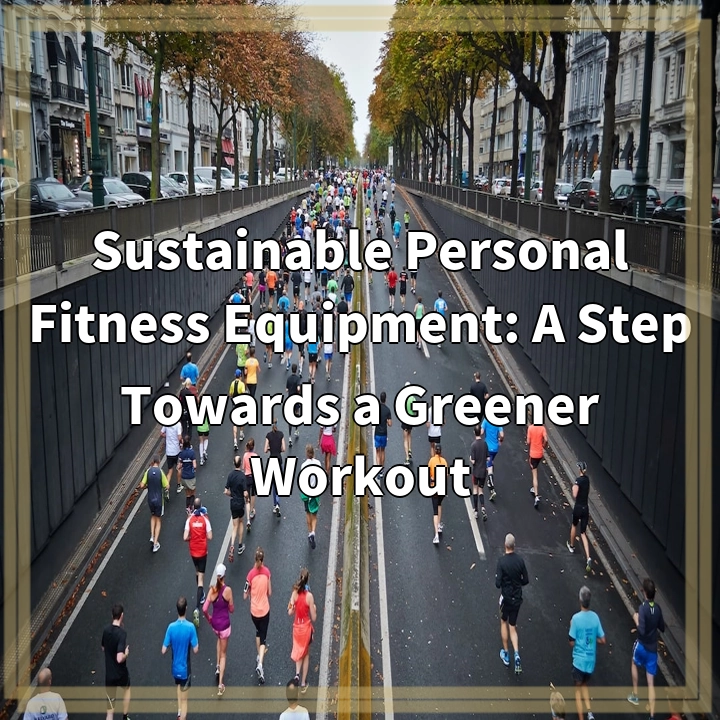
What is Sustainable Personal Fitness Equipment?
Sustainable personal fitness equipment refers to workout gear and accessories that are environmentally friendly, either through their production methods, materials used, or overall impact on the planet. With a growing concern for sustainability and the desire to reduce our carbon footprint, many individuals are seeking eco-friendly alternatives for their fitness routines.
Real-World Problems Associated with Traditional Fitness Equipment
While traditional fitness equipment may help us achieve our fitness goals, they often come with significant environmental challenges. Here are some of the real-world problems associated with conventional workout gear:
1. Plastic Pollution
Many fitness equipment items, such as water bottles, yoga mats, and resistance bands, are made from plastic materials. Plastics have a devastating impact on the environment, with millions of tons ending up in our oceans and landfills each year. The production and disposal of plastic fitness equipment contribute to pollution, litter, and harm to wildlife.
2. Carbon Emissions
The manufacturing process of traditional fitness equipment involves the emission of greenhouse gases, contributing to climate change. Additionally, the transportation and distribution of these items also require energy and release further carbon emissions.
3. Resource Depletion
The production of fitness equipment often requires the extraction of raw materials, such as metals, rubber, and fabrics. These resources are finite, and their extraction can have detrimental effects on ecosystems, including deforestation, habitat destruction, and soil degradation.
4. Waste Generation
When fitness equipment reaches the end of its lifespan, it often becomes waste that ends up in landfills. Many of these products are not biodegradable or easily recyclable, contributing to the global waste problem.

Solutions for Sustainable Personal Fitness Equipment
Addressing the environmental challenges associated with fitness equipment is crucial for a greener workout routine. Here are some solutions to promote sustainability in personal fitness gear:
1. Eco-Friendly Materials
Using eco-friendly materials is a key step towards sustainable fitness equipment. Opt for items made from recycled materials, natural fibers, or biodegradable substances. Look for certifications or labels indicating the eco-credentials of the products.
2. Renewable Energy & Carbon Offsetting
Fitness equipment manufacturers can reduce their carbon footprint by utilizing renewable energy sources in their production processes. Additionally, they can offset their carbon emissions by supporting environmental projects, such as reforestation or clean energy initiatives.
3. Minimal Packaging
Reducing excessive packaging or using eco-friendly packaging materials can help minimize waste. Manufacturers can explore innovative and sustainable packaging solutions to reduce their environmental impact.
4. Product Lifecycle & End-of-Life Disposal
Designing fitness equipment with durability in mind and promoting repair and reuse options can prolong their lifespan. Additionally, manufacturers should ensure their products are easily recyclable or provide take-back programs to properly dispose of old equipment.
5. Education and Awareness
Raising awareness among fitness enthusiasts about the environmental impact of their gear choices is crucial. Educating consumers about sustainable alternatives and the benefits of eco-friendly fitness equipment can drive demand for greener options.















